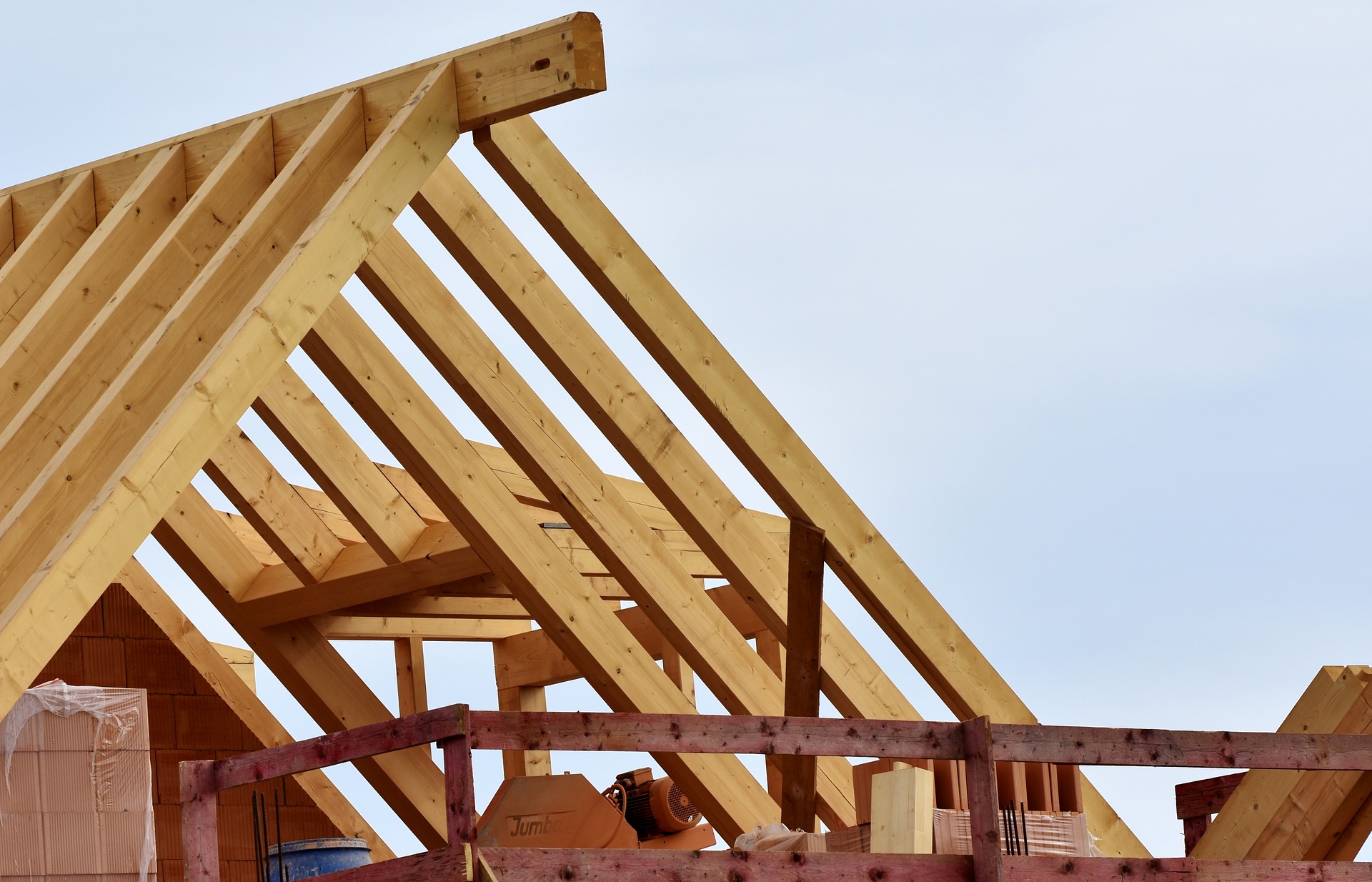Over the summer, the Los Angeles City Council Public Safety Committee approved a proposal to expand Fire District 1, an anachronistic planning overlay that would effectively ban wood-frame construction in much of the city. Superficially premised as a measure to improve fire safety, the motion has been heavily promoted by special interests in the concrete industry, who would heavily benefit from the prohibition. Yet as less partial observers have pointed out, the motion would significantly increase the cost of constructing housing in Los Angeles, to no clear fire safety benefit.
In most US cities, fire safety is ensured by the International Building Code (IBC), which sets strict rules on allowable building materials and methods. Thanks to its provisions, uncontrolled structure fires—to say nothing of fire deaths—are now rare in Los Angeles. Fire District 1 is a fossil from a time before the IBC. Adopted nearly 150 years ago, the district—which covers Downtown and portions of Hollywood—principally serves to ban timber and wood-frame construction, building materials otherwise permitted under the IBC subject to certain safety provisions.
The motion currently winding its way through City Council would expand Fire District 1 to neighborhoods with a population density of 5,000 residents per square mile, among other areas. With nearly all of Los Angeles comfortably above 5,000 residents per square mile, this expansion would effectively ban timber and wood-frame construction in much of the city, including many rapidly growing neighborhoods near transit. Instead, developers would be forced to use concrete and steel, building materials that come with substantial added financial and environmental costs.
According to a report by the Los Angeles Department of Building and Safety, expanding Fire District 1 would raise building materials costs by anywhere from 10.6 to 47.1 percent. The authors add that this would make many income-restricted housing projects—so desperately needed right now—financially infeasible. Indeed, as my UCLA colleague Shane Phillips points out, forcing all projects to use concrete or steel would make many low- and mid-rise multifamily projects outright unworkable, suppressing housing supply at a time when our city faces an acute housing shortage.The expansion would also increase the environmental impact of Los Angeles development: where wood is a renewable resource that captures carbon, concrete and steel construction entail significant greenhouse gas emissions. With mass timber construction finally making headway in the US, high-rise construction could soon be significantly greener—if the Los Angeles City Council doesn’t ban it. At a time when Los Angeles city leaders talk a big game about combating climate change, it’s ironic that they are gearing up to ban some of the greenest building materials we have available.
If expanding Fire District 1 is so transparently ill-advised, why is it moving forward? Notably, nobody involved has even bothered to make the case that this change would have real fire safety benefits. And why should they? The motion is being advanced by and for business and labor interests in the concrete industry, which has aggressively promoted the measure as a way to ban competition. Outside of this singular special interest group, a broad coalition of environmentalists, affordable housing advocates, and neighborhood councils have condemned the motion, fearing the disastrous implications for housing affordability and environmental sustainability.
Few would doubt the need for robust fire safety or strict building standards. But the reality is that expanding Fire District 1 improves upon neither. On the contrary, it pulls Los Angeles out of widely-respected building standards which ensure safe wood-frame construction and forecloses the possibility of mass timber construction altogether. The motion is now in the council’s Planning and Land Use Management Committee. So far, the rest of the council has largely gone along, perhaps uninterested in dry changes to the building code and blasé about its harmful implications for Los Angeles. With any luck, that will soon change.

